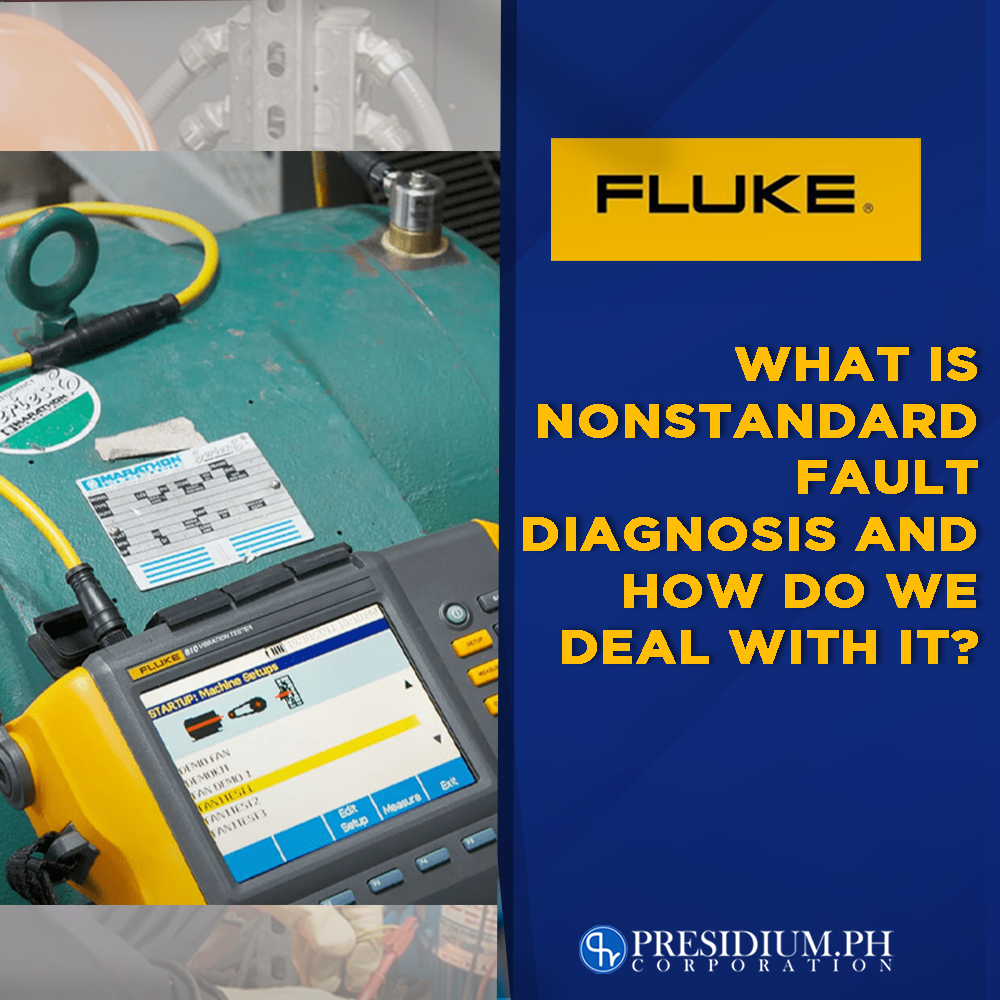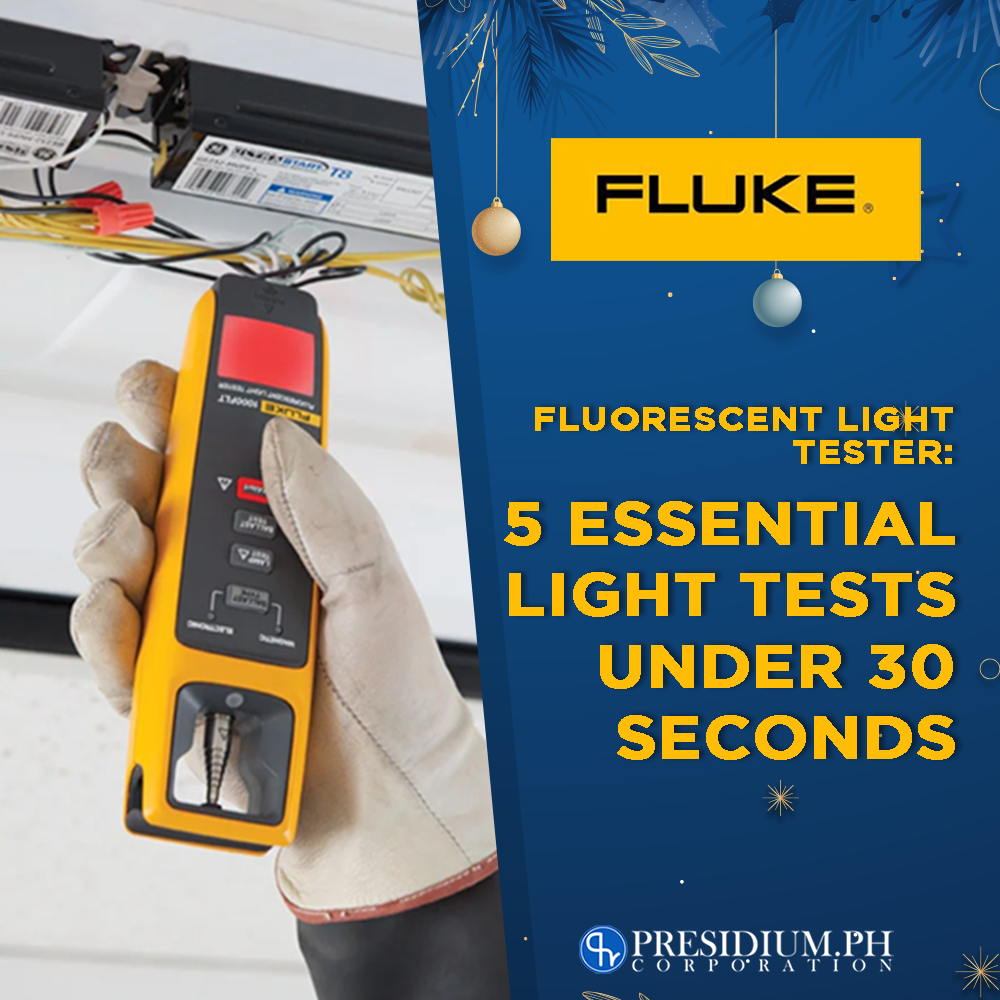How Often Should You Calibrate?
Calibrate your Fluke tools to keep them in pristine shape. For test tools, calibration is one of the utmost crucial steps for you to maintain their performance level and their accuracy in reading and testing. Many may think that calibration happens only once, but you need to do it based on the exposure to stress that your Fluke tool experiences. But the question remains, how often should we calibrate fluke tools?
There is additional to it than simply ensuring that the tools are dependable and safe. Take note that there are multiple calibration tools and not just one to ensure that all products and Fluke equipment are accounted for. There is also a thing called calibration intervals which also stands on important grounds when you are planning to do this on a regular basis, but we’ll get to that in a bit.
Importance of calibration
Fluke builds to last. The durability of products is one aspect that Fluke considers when building test tools. Therefore, Fluke is known for its rugged features and its ability to withstand harsh elements. Moreover, it can tolerate strenuous activities and pressure since these test tools are built to keep workers safe and confident working in risky environments. And that is what makes them so sought-after. Initially, when Fluke builds a product, one of the most important things we think about is how our instruments perform over time. And this is where calibration comes in.
Calibration ensures that the device is still well-equipped to manage activities that are in a high-pressure environment. Moreover, performing calibration can reap rewards overall since you will be able to determine errors, faults, and the limits of your test tool.
What are Calibration Intervals?
Be aware of calibration intervals. As the name itself suggests, calibration intervals are the time in between calibration tests. It is the period that the test tools need before going back for a recalibration session. There is no hard rule for calibration but there is a couple of things you need to remember to determine whether your Fluke tools need one.
How often do you need to calibrate?
The utmost accurate calibration is twenty minutes intervals! We know that is a close call but don’t worry, this doesn’t mean that you need to calibrate every twenty minutes. A one-year calibration is preferred. But that is not only the one specific timeline that you must keep track of. If your Fluke tool is frequently in use and is mostly exposed to harsh environments, you might need to calibrate more often. Here is a quick guide to it!
Calibrate through manufacturer recommendation.
These are calibration instructions based on the manual itself. You can find your manuals tucked in the box of your Fluke tool. Every box has a warranty inside, if it doesn’t have one, then you better have a chat with your supplier. Those aren’t official Fluke products.
Also, keep in mind that the calibration interval may be different for each tool depending on the gravity of its usage.
Calibrate before undergoing a major critical measuring project.
It is preferred for you to calibrate your Fluke device accordingly before an extremely sensitive operation. Let us say you are about to do testing that requires accurate results. To achieve this, you need to prep your Fluke tool through calibration. Keep in mind that the older your Fluke tool is, the more it needs calibration to ensure that it is still at the tip of its performance.
Take note that operating on an extremely sensitive project may require you to act based on your finding. This fact makes it even more important for you to calibrate accordingly.
Calibrate after a major critical measuring project.
Calibrating before the project is just as important as calibrating your Fluke device after. In some industries that rely on accurate data. It is actually a required process for them to also calibrate after the testing. This is done because it ensures that the reference used can either show an intolerant condition before, during, or after the measurement project.
Calibrate monthly, quarterly, or semi-annually
As we’ve stated before, calibration is truly a recommended step for every Fluke test tool. The shorter the time span of your calibration, the better. This will ensure that your tools are in good reading condition. Plus, this will prevent you from receiving questionable readings during your operations.
So really, calibrate your Fluke tool whenever you can. Make it monthly, quarterly, annually, semi-annually, etc. Just always remember to calibrate your tool to keep them at their peak performance during every operation. But of course, the decision still stands with the user. You can either opt for shorter cycles or longer cycles depending on the results.
Calibrate through an authentic source!
Presidium PH is an authorized distributor of Fluke test tools in the Philippines. Rest assured that all tools have gone through calibration and proper tests. Prevent faults from penetrating your projects that might cause bad downtimes by using the best test tools there are!
If you want to know more about Fluke tools and their functions, visit our website for more info! This is a one-stop shop for the best test tools within Metro Manila.
Email us at calservices@presidium.ph / info@presidium.ph











